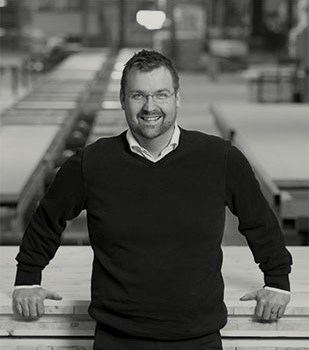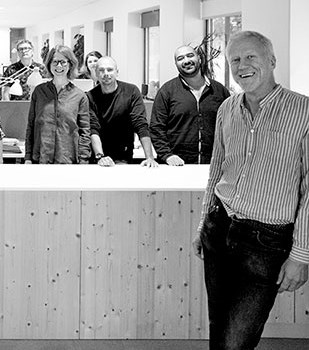In 2013, Canadian architect Michael Green stood on stage at a TED conference and declared: “The race is on.” He was talking about how wood captures and stores carbon, how people are increasingly moving to the cities and how we need to use renewable materials in future buildings to support this trend. In short, he said we need to build skyscrapers in wood.
Six years on, incredible advances have been made. Buildings of around 50 metres or higher have been or are being constructed in Australia, Canada, Austria, France and Sweden. In addition, there are 10 or so projects on the drawing board or being planned. The Council on Tall Buildings and Urban Habitat recently decided to recognise wood and created a category for “Tall Timber”.
Building wooden high-rises is tough. There are few previous examples to draw on, so you need to convince the authorities and the insurance industry that the building will be safe. In cost terms, you have to be reasonably competitive. To succeed in this, we need an industry that believes in a future in wood and has the courage to make the necessary transition and overcome production challenges. A number of key issues have been resolved, but many remain to be optimised if we are to reach 100 metres.
Tall wooden buildings need structures that can handle considerable forces, and that means block-glued glulam and CLT in large dimensions.
The recently completed Mjøstårnet project has boosted our expertise at Moelven. We are now able to produce large glulam elements with millimetre precision and deliver them directly to the construction site without test assembly!
Erecting tall wooden buildings is a goal in itself, but it is at least as important to use the experience generated to realise more mid-scale wooden projects. Most of these buildings seem to be located along our latitudes. For the sake of the environment, we should be building with locally produced wood, and in Scandinavia we have an industry that can deliver.
In coming years we can expect a marked increase in the use of wood in medium-sized and tall buildings, although most projects will still have a steel and concrete structure. It would be good if the construction industry started thinking more about hybrid solutions, for example with a wooden frame or floor structure. That would make future construction more climate-smart.


























